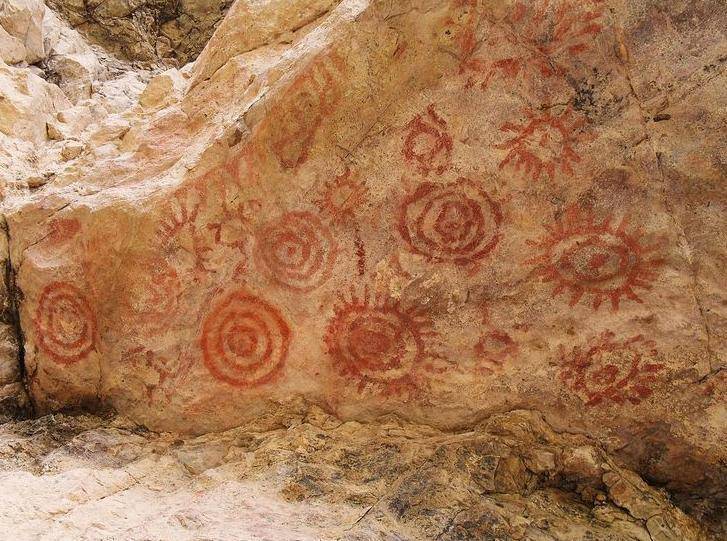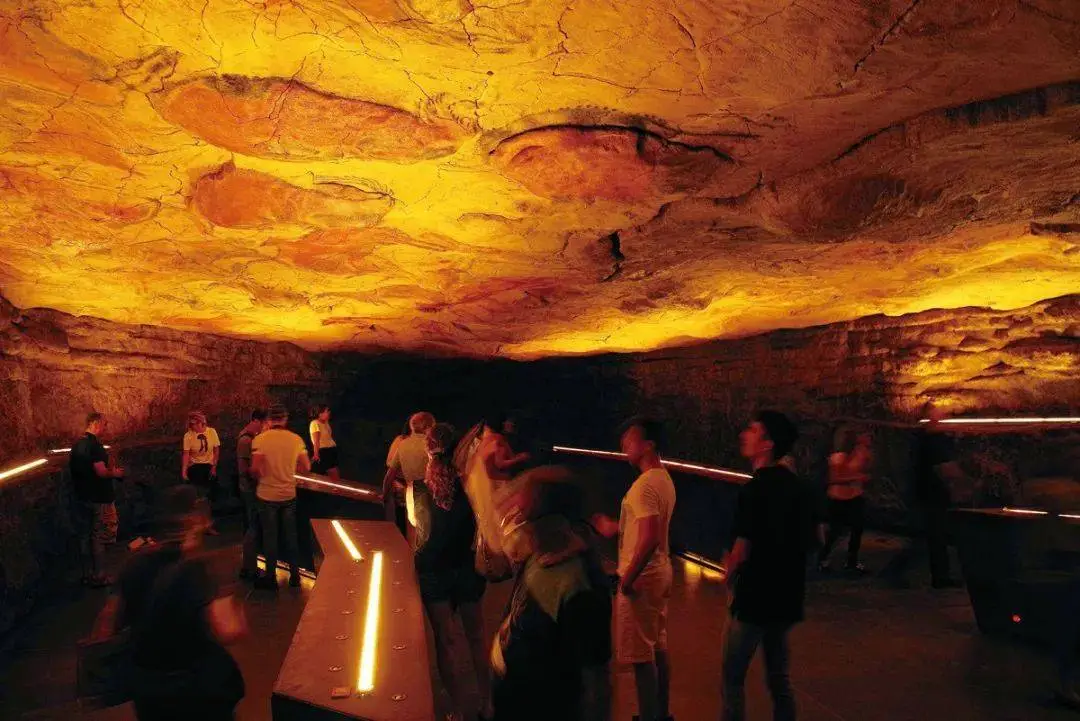San Millán de Yuso Monastery
This monastery is located in the small village of San Millán de Cogolla in the La Rioja region, known for its wine. It is the birthplace of the Spanish language, as the earliest evidence of the Spanish language was discovered here. The monastery features magnificent Romanesque architecture, making it well worth a visit.
Burgos Cathedral
Burgos Cathedral is one of the masterpieces of Spanish Gothic architecture and the only cathedral in Spain listed as a World Heritage Site. The most spectacular part of the building is the Puerta de Sarmental. If you pass through Burgos on your way to the Camino de Santiago in Spain, don't forget to visit the cathedral to appreciate the true charm of this building.
Atapuerca Archaeological Site
The Atapuerca Archaeological Site is located in the suburbs of Burgos city, about 20 kilometers from the city center. It is one of the most important paleontological sites in Europe. The Museum of Human Evolution in the area showcases the development of humans in Europe, providing people with the opportunity to see these important archaeological sites along the Camino de Santiago pilgrimage route.
Vizcaya Bridge
The Vizcaya Bridge is the world's first high-altitude cable bridge designed for pedestrian and vehicle traffic, spanning the estuary between two banks. This grand bridge was built in the 19th century and is the masterpiece of architect Alberto de Palacio. It has also been listed as a World Heritage Site by the United Nations and is still in wide use today. If you visit Spain, you might want to come to the Vizcaya Bridge to personally experience this historical and cultural heritage.
Altamira Cave
Altamira Cave is hailed as the 'Sistine Chapel' of prehistory, located near Santillana del Mar. It is a prehistoric cave discovered in 1869, and it is believed that humans lived there approximately 11,000 to 17,000 years ago. The cave is 270 meters deep and contains a large number of rock paintings and ancient symbols.
Santa María del Naranco Church
Oviedo and the Asturias region are home to well-preserved pre-Romanesque religious buildings in Spain, among which the Santa María del Naranco Church is one. Built in the 13th century, the church was originally a royal palace and has now become part of the historical center of Oviedo, showcasing typical pre-Romanesque architectural style.
Santiago Cathedral
Santiago Cathedral was built in 1748 and is located at the end of the Camino de Santiago, serving as a landmark of the city of Santiago. The architectural style of the cathedral is Baroque, but it also has its unique genre. The front of the cathedral features arched windows and decorative columns, with a clever design that employs a unique vertical composition technique. It is said that successive archbishops of Chile are buried here, making it a sacred place for pilgrims to worship.

















